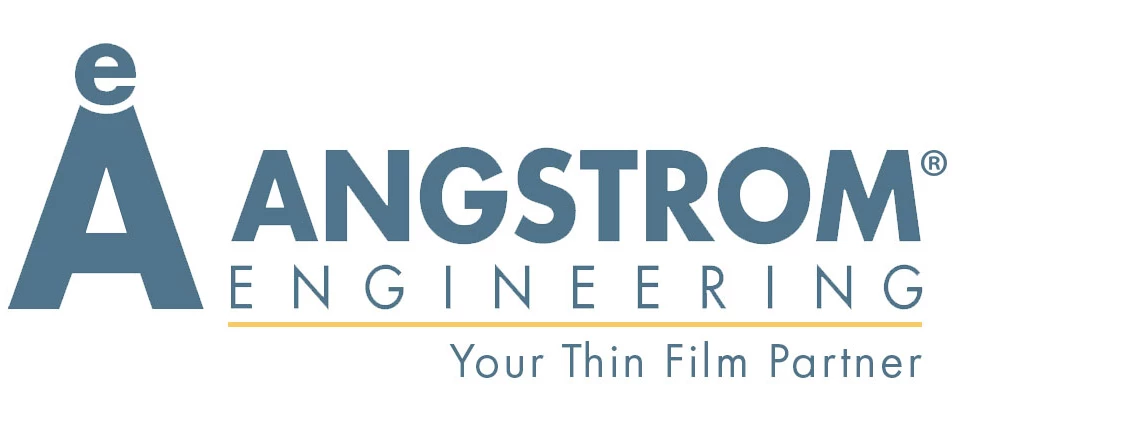Machine Learning for Microstructural Data
Co-Presented with ASM International
Machine learning and artificial intelligence are revolutionizing the analysis and characterization of microstructural images, data, and information in materials science and engineering. Machine learning models are increasingly being used to understand and interpret microstructures, including quantitatively, thereby leveraging predictions of materials properties in the structure-property-processing paradigm.
In this webinar, we will discuss and explore how machine learning has become a valuable tool in the management of microstructural data. This webinar will include talks from leading experts in the field from industry, academia, and government. Each talk will be followed by a Q&A session with the speaker.
Talk Presentations:
- Microstructure informatics: expanding descriptors from molecular to microstructural level
Olga Wodo, University at Buffalo - Application of Machine Learning to Microstructure Quantification and Understanding
Ryan Noraas, Pratt & Whitney - Relating Microstructure Features to Response Using Convolutional Neural Networks
Sean Donegan, Air Force Research Laboratory
Sponsored by MIPAR
Understanding Unconscious Bias
Unconscious bias (or implicit bias) refers to unconscious beliefs or stereotypes that influence our actions and decisions when interacting with other people. Participants will learn the concept of unconscious bias, examine resources on how to identify their own biases, raise awareness of how unconscious biases work and how they can influence interactions in the workplace.
Talk begins at 2:43
Sponsored by Taiyo Nippon Sanso. We invite you to view these videos about our sponsor.
Advanced Diagnostic Tools for Characterizing Lithium Metal and Solid-State Batteries
Lithium (Li) metal has been considered as an ideal anode for high-energy rechargeable Li batteries while Li nucleation and growth at the nano scale remains mysterious as to achieving reversible stripping and deposition. A few decades of research have been dedicated to this topic and we have seen breakthroughs in novel electrolytes in the last few years, where the efficiency of lithium deposition is exceeding 99%. Here, cryogenic-transmission electron microscopy (Cryo-TEM/Cryo-FIB) was used to reveal the evolving nanostructure of Li deposits at various transient states in the nucleation and growth process, in which a disorder-order phase transition was observed as a function of current density and deposition time. More importantly, the complementary techniques such as titration gas chromatography (TGC) reveals the important insights about the phase fraction of solid electrolyte interphases (SEI) and electrochemical deposited Li (EDLi). While cryo-EM has made significant contributions to enabling lithium metal anodes for batteries, its applications in the area of solid state electrolytes, thick sulfur cathodes are still in its infancy.
In this webinar, we will discuss new perspectives about how future cryogenic imaging and spectroscopic techniques can accelerate the innovation of novel energy storage materials and architectures. An interactive Q&A session will follow the presentation.
Talk Presentation by:
Shirley Meng, University of California, San Diego
Talk begins at 3:02
This event is sponsored by Thermo Fisher Scientific
Functional Materials and Devices by Self-Assembly
Two decades of active research on self-assembly has delivered materials with unprecedented nanoscale structures in both two and three dimensions. In early work, the focus was primarily on the nanostructure of the self-assembled materials; however, as commercialization interests are increasing, the focus is increasing on the physical and chemical properties of these structures and proof-of-concept devices.
The current state of the field, as covered in the October, 2020 issue of MRS Bulletin, suggests that self-assembly is making significant strides toward application in nanoelectronics, photonics, energy storage, chemical separations, and as a path to form complex structures.
This webinar will expand on the MRS Bulletin issue with talks from leading experts in the field. Each talk will be followed by a Q&A session with the speaker.
Talk Presentations:
- Self-assembled materials for electrochemical energy storage
Vanessa Wood, ETH Zurich
Talk begins at 9:49
- Self-assembly of Bioinspired and Biologically
Functional Materials
Robert Macfarlane, Massachusetts Institute of Technology
Talk begins at 40:25
- Self-assembly for electronics
Cherie Kagan, University of Pennsylvania
Talk begins at 1:10:00
Sponsored by American Elements, Quantum Design Inc. and Angstrom Engineering Inc.
 |  |  |
Intersections of Underrepresentation in Materials Science and Engineering
Join the MRS Women in Materials Science and Engineering working group for this interactive panel discussion as we explore real-life examples of bias and injustice against individuals from a diverse set of underrepresented groups. Likewise, we will share stories about empowering experiences of support that gave a voice to injustices. Through these examples, our panelists will help the audience reimagine how the negative situations could have unfolded in a more positive way and provide strategies that each of us can implement to create more accepting and inclusive environments.
Our panelists share their paths to their current careers, highlighting the ups and downs they have experienced, both pertaining to their membership in underrepresented groups as well as generally in the STEM fields. The event will also feature a moderated Q&A from audience members.
Sponsored by Taiyo Nippon Sanso and MilliporeSigma
MRS Communications 10th Anniversary: Perspectives on advanced materials in manufacturing, a panel discussion
In this one-hour panel discussion, MRS Communications Editor-in-Chief Rigoberto Advincula leads a discussion on the current state of advanced materials in manufacturing. Panelists include Richard Vaia of the Air Force Research Laboratory, Alan Taub of the University of Michigan and Senior Technical Advisor for LIFT – Lightweight Innovations for Tomorrow, and Abraham Lee of the University of California, Irvine.
This panel discussion is part of the 10th Anniversary commemoration for MRS Communications.
Talk Presentations:
- Manufacturing as Part of Accelerating Materials Translation
Richard A. Vaia, Air Force Research Laboratory
Talk begins at 6:52
- Advanced Materials for Manufacturing – Structural Materials
Alan Taub, University of Michigan
Talk begins at 13:04
- Biomanufacturing for Precision and Integrative Health
Abraham Lee, University of California, Irvine
Talk begins at 20:30
Materials Science for COVID-19: A Global Discussion Between Scientists
COVID-19 has clearly affected all aspects of life, from schools and universities shutting down to full scale government implemented quarantines to an alarming number of deaths. While the world is struggling to get back to some sort of normalcy and waiting for a vaccine, scientists all over the world have been designing new SARS-Cov-2 diagnostic kits, methods to inhibit spreading, and therapeutic treatments despite lab closures and other research resrictions. This webinar will bring together researchers from all around the world to discuss novel material science approaches for stopping the COVID-19 pandemic and to how we can be better prepared for the next one.
Talk Presentations:
- COVID-19: A Global Discussion Between Scientists
Thomas Webster
Talk begins at 5:18
- Summary of Clinical Efficacy of Convalescent Plasma for Treatment of COVID-19
Loganathan Rangasamy, Vellore Institute of Technology
Talk begins at 35:40
- Physiological polyanions interacting with the SARS-CoV-2 virus-cell-docking machinery: A successful approach to block binding of the virus to the target cells
Werner Muller, Johannes Gutenberg University of Mainz
Talk begins at 1:03:59
Essentials of Book Publishing
Are you interested in learning more about the why, how and what of publishing a materials science book? Publishing a book is a powerful tool, allowing you to communicate your ideas to a global audience, building your reputation in the field and accelerating your career.
Join this webinar to hear from Springer Publishing Editors Charles Glaser, Christoph Baumann and Charlotte Hollingworth about the 5 easy stages in the publishing process and how they have helped many authors just like you, publish a book.
The new co-branded MRS-Springer materials science books series will also be introduced followed by a Q&A session to answer all your book publishing questions.
A New Method for Multi-Carrier Hall Analysis of Low-Mobility Materials
The Hall effect is the primary method to measure carrier density, mobility, and carrier type of materials. In some materials, more than one carrier can exist in the sample. This webinar will explore the application of a novel Hall measurement protocol, one based on the reverse-field reciprocity theorem, AC current, and variable field for obtaining Hall data for multi-carrier analysis of such materials, including those with low mobilities. It will detail how this method allows for more precise characterization of certain multi-carrier semiconductor devices and at faster speeds when compared with traditional AC and DC field Hall techniques.
Talk begins at 2:48
Presented by Lake Shore Cryotronics





